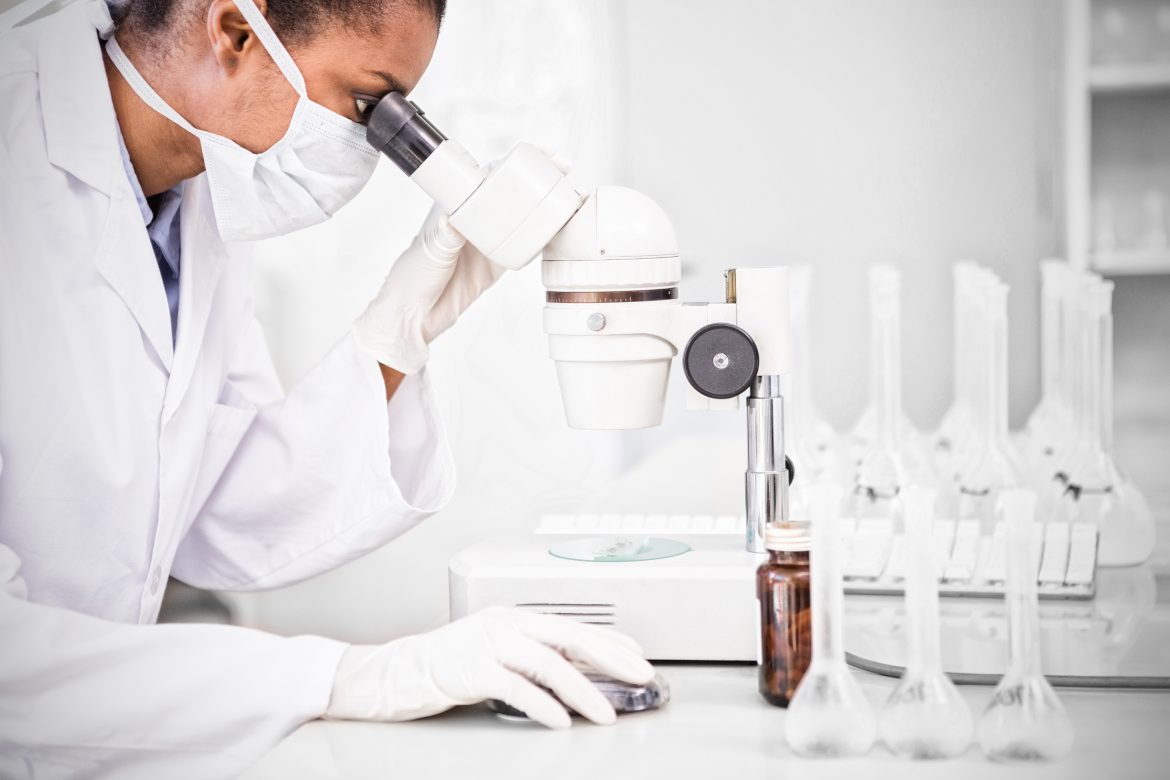Five years ago today, the world celebrated the first International Day of Women and Girls in Science. Begun by the United Nations in 2015, this day of public awareness aims to address the unequal access women and girls have to STEM-related fields. Although women make up half of the world’s population, below 30 percent of researchers worldwide are women and only 30 percent of female students go into STEM-related fields when pursuing higher education.
Many women have shattered the prejudice and gender discrimination placed in front of them. While it would be impossible to compile a list of all the women who have been influential in the sciences, especially because women’s contributions are historically unacknowledged, the seven women below are the tip of the iceberg of inspiration. Their discoveries propelled our world into a new light and their contributions, as well as the contributions made by all women in science, goes on to inspire us generations later.
Marie Curie (1867-1934)
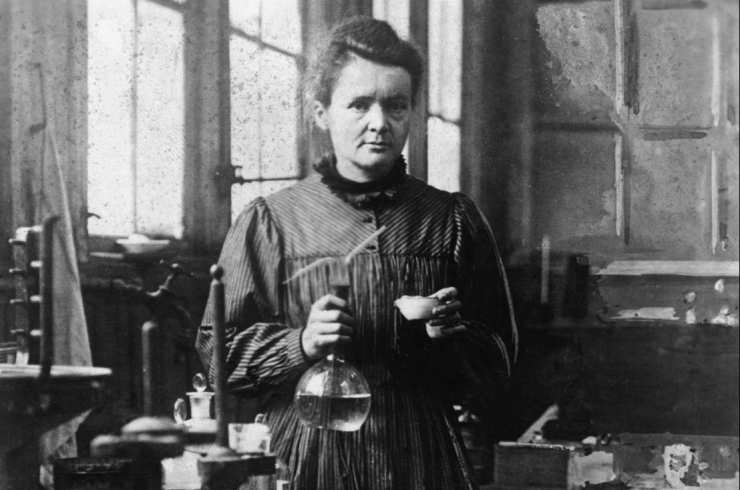
“Life is not easy for any of us. But what of that? We must have perseverance and above all confidence in ourselves. We must believe that we are gifted for something and that this thing must be attained.”
Marie Curie
Marie Curie, a Polish-French scientist, was the first woman to win a Nobel Prize. She is also the only woman to win it twice and in two different scientific fields. After moving from Warsaw to Paris in 1891, she went on to study science and won her first Nobel Prize in Physics alongside her husband Pierre Curie and fellow physicist Henri Becquerel in 1903. Eight years later Curie won the Nobel Prize in Chemistry. Her discoveries include the creation of the study of radioactivity, of X-ray machines in field army hospitals during World War I, and the elements of polonium (named after her birth country) and radium. Beyond all of this and the research stations she started across the Europe, her daughter, Irene Curie would go on to become the second woman to win a Nobel Prize in science.
Alice Ball (1892-1916)
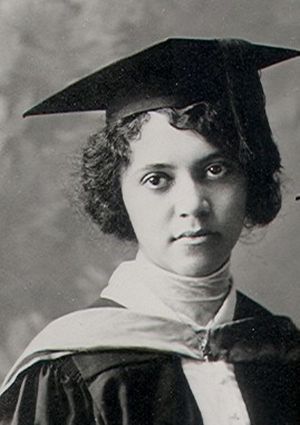
Responsible for the development of the “Ball Method”, which was the most powerful medical treatment for leprosy during the 20th-century, Alice Ball was an African American chemist born in Seattle, Washington. She went to university first at the University of Washington and then at the College of Hawaii. Her research at the College of Hawaii would lead her to continue her research and create an injectable form of chaulmoogra oil, the treatment for leprosy. She was also the first woman and African American to receive a master’s degree from the College of Hawaii and later she became the first to be a professor at that same university.
Katherine Johnson (1918-)
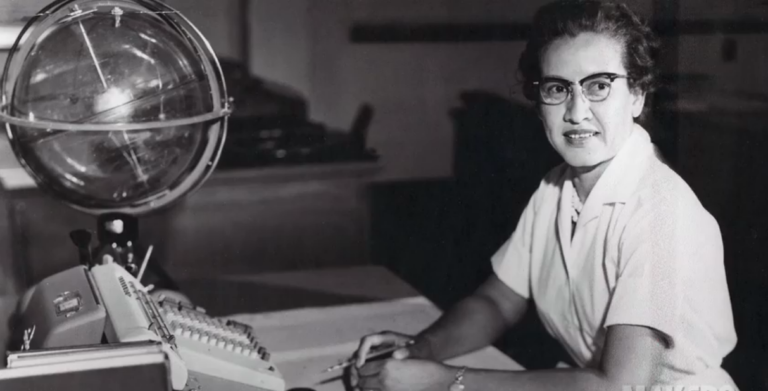
“Let me do it. You tell me when you want it and where you want it to land, and I’ll do it backwards and tell you when to take off.”
Katherine Johnson
A recipient of both the Presidential Medal of Freedom and the Congressional Gold Medal, Katherine Johnson is an American mathematician who worked for NASA for 35 years. During her time with NASA, her contributions to orbital mechanics were invaluable to the first crewed missions in space, including the Apollo Lunar Module landing on the moon, and for the Space Shuttle Program. She was one of the first African American women to work for the space agency as a scientist and she had to simultaneously battle both gender stereotypes and segregation in the Southern United States.
Rosalind Franklin (1920-1958)
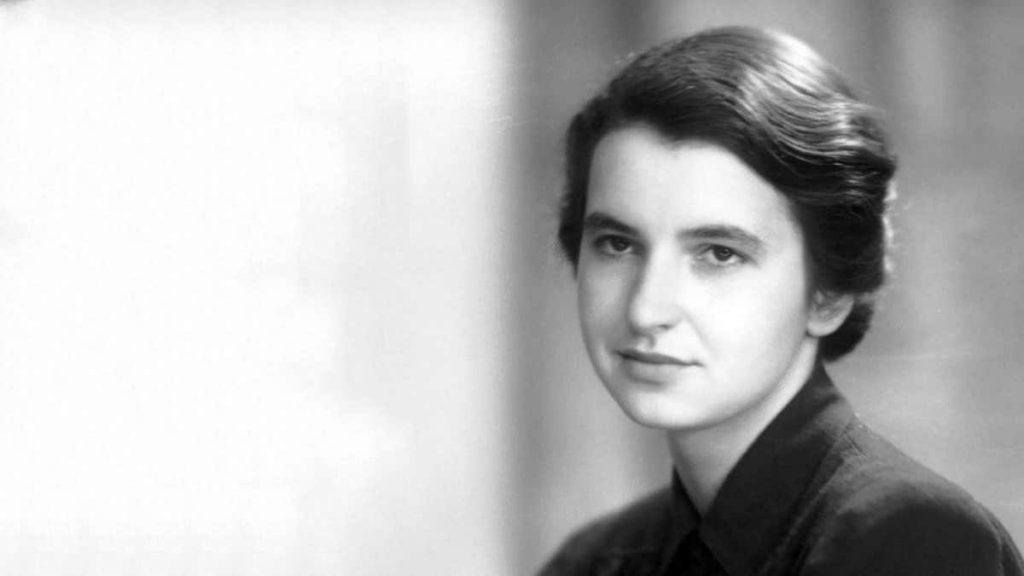
“You look at science (or at least talk of it) as some sort of demoralizing invention of man, something apart from real life, and which must be cautiously guarded and kept separate from everyday existence. But science and everyday life cannot and should not be separated.”
Rosalind Franklin
Rosalind Franklin, a British biophysicist, laid the groundwork for James Watson and Francis Crick by discovering the density and double-helix formation of DNA. During World War II, she gave up a scholarship to work as an air raid warden in London and for the British Coal Utilisation Research Association. Her research there and later on at King’s College also laid the foundation for studying the structures of viruses.
Vera Rubin (1928-2016)
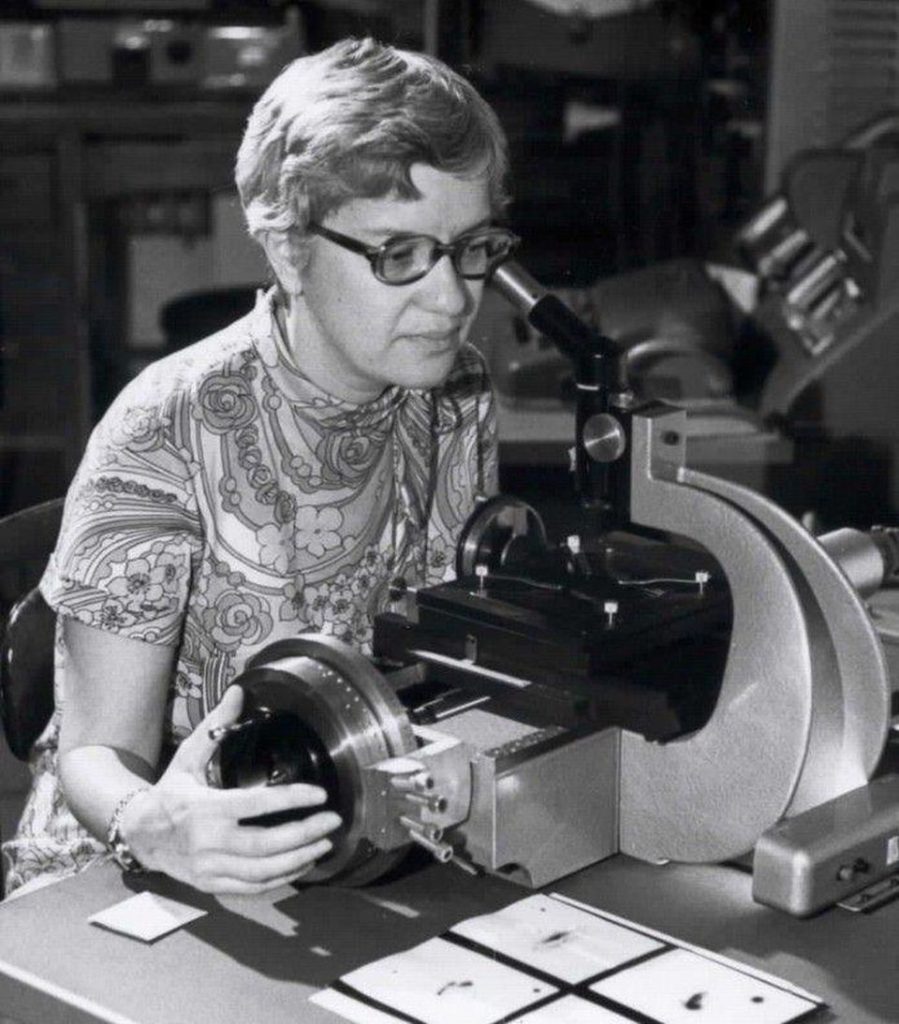
“Disdain mediocrity and aim to excel in whatever you do. I hope you will love your work as I love doing astronomy. I hope that you will fight injustice and discrimination in all its guises. I hope you will value diversity among your friends, among your colleagues, and, unlike some of your regents, among the student body population. I hope that when you are in charge, you will do better than my generation has. In 1993, US universities awarded Ph.D. degrees in physics and astronomy to a total of nine black Americans. You do better.”
Vera Rubin in a speech given in 1996 at UC Berkeley
Vera Rubin, an American astronomer, identified the evidence for the existence of dark matter by studying galactic rotation rates. She was the first person to graduate from the undergraduate program of astronomy at Vassar College. She studied at the San Diego Palomar Observatory at a time when telescopes like that were not allowed to be used by women. She is also well-known for her promotion of women and girls in science and offering mentorship to aspiring female scientists. She received many honors and awards including the Gold Medal of the Royal Astronomical Society and the National Medal of Science.
Valentina Tereshkova (1937- )
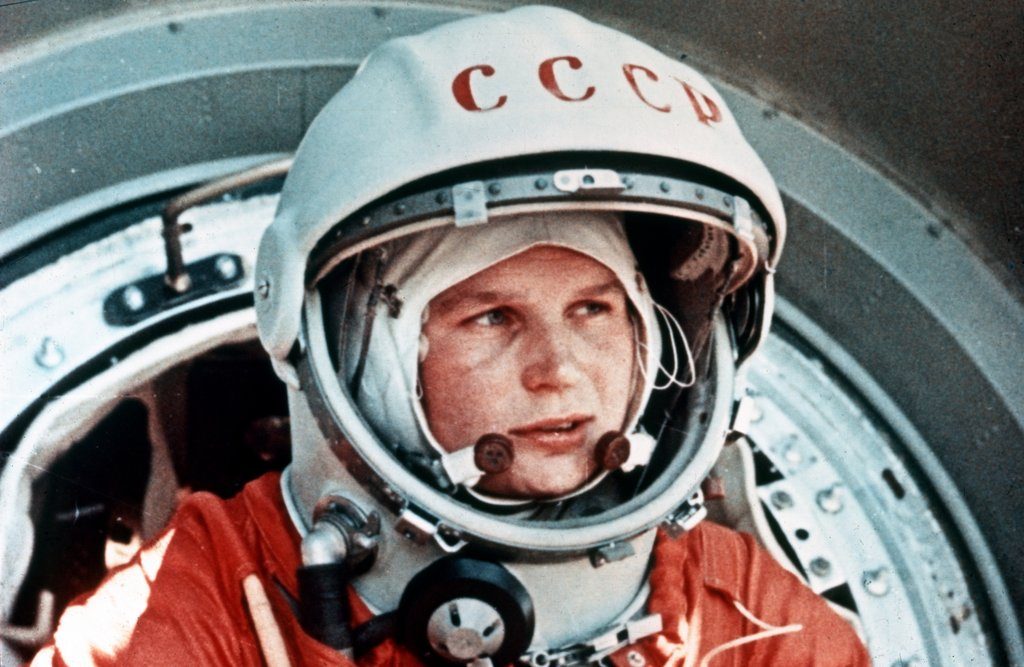
“Once you’ve been in space, you appreciate how small and fragile the Earth is.”
Valentina Tereshkova
Valentina Tereshkova made history as the first woman to travel into space. She traveled around the Earth for three days, spending more time in space than any preceding American mission astronaut before her. Born in western Russia, she was chosen to take part in a USSR program that trained female cosmonauts. She became the first woman in space when the Vostok 6 launched into space on June 16th, 1963. Her mission ended successfully with her landing via parachute from 20,000 feet. It was nineteen years before the next woman traveled to space, again from the Soviet Union. The first American woman to travel to space, Sally Ride, would be in 1983 aboard the Challenger space shuttle.
Flossie Wong-Staal (1947-)
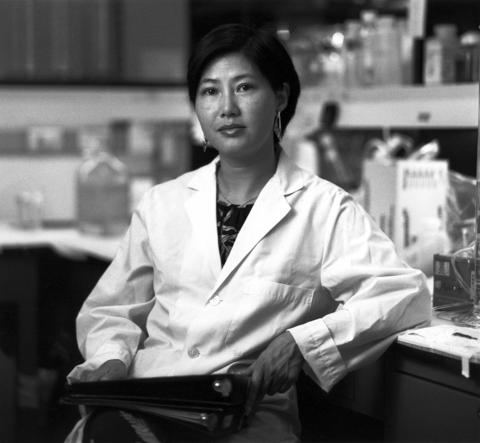
“It adds to the joy of discovery to know that your work may make a difference in people’s lives.”
Flossie Wong-Staal
Flossie Wong-Staal, a Chinese American scientist, virologist, and molecular biologist, moved to the United States for university in 1965. She earned a bachelor’s degree and Ph.D. from the University of California, Los Angeles (UCLA) and moved to Maryland to work in cancer research. As the first researcher to ever clone the HIV molecule, in 1985, she discovered a way to identify HIV through blood tests. Her research on HIV/AIDS guided the development of AIDS treatment in the United States. She was named in The Daily Telegraph’s list of “Top 100 Living Geniuses” in 2007 and designated by Discover as one of the fifty most extraordinary women scientists in history.
Find out more about International Women and Girls in Science Day from the United Nations here!
 Food
Food Farmers
Farmers Sustainable Living
Sustainable Living Living Planet
Living Planet News
News